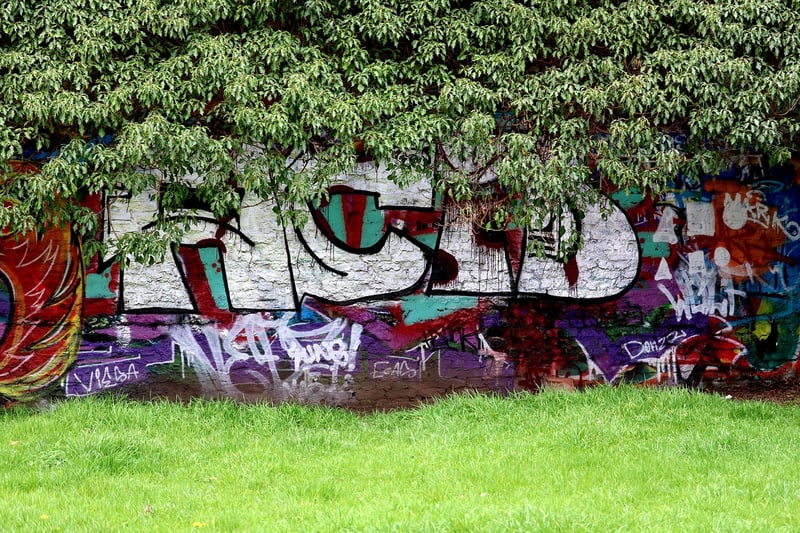Historical Artifacts
Preserving Time-Travel Experiences and Historical Artifacts
Time travel has long been a fascinating concept in science fiction, allowing us to explore different eras, cultures, and historical events. While the idea of physically traveling through time remains a fantasy, there are ways to preserve the experiences and artifacts from different periods to ensure they are remembered and appreciated for generations to come.
Preserving Time-Travel Experiences:
One way to preserve time-travel experiences is through immersive technologies such as virtual reality (VR) and augmented reality (AR). These technologies allow users to virtually transport themselves to different time periods and interact with historical settings and events.
By creating realistic and engaging virtual environments, historians and cultural institutions can provide people with a glimpse into the past, allowing them to experience history in a more interactive and personal way. This not only enhances learning but also helps in preserving the stories and legacies of different time periods.
Preserving Historical Artifacts:
Historical artifacts are tangible remnants of the past that provide valuable insights into the lives, cultures, and technologies of earlier civilizations. It is crucial to preserve these artifacts to maintain our connection to history and ensure that future generations can learn from them.
Proper conservation techniques, such as climate control, protective encasements, and regular maintenance, are essential for preserving historical artifacts. Museums, archives, and cultural institutions play a vital role in safeguarding these artifacts and making them accessible to the public.
Importance of Digitization:
In addition to physical preservation, digitization has become increasingly important for ensuring the long-term conservation of historical artifacts. Digitizing artifacts through high-resolution imaging and 3D scanning not only helps in creating virtual replicas but also makes them accessible to a global audience.
Online databases and digital archives allow researchers, students, and history enthusiasts to explore and study historical artifacts from anywhere in the world. This digitization efforts play a crucial role in democratizing access to cultural heritage and promoting interdisciplinary research.
Conclusion:
Preserving time-travel experiences and historical artifacts is essential for maintaining our connection to the past and understanding the complexities of human history. By leveraging immersive technologies, proper conservation methods, and digitization efforts, we can ensure that these valuable resources are protected and shared for the benefit of present and future generations.

